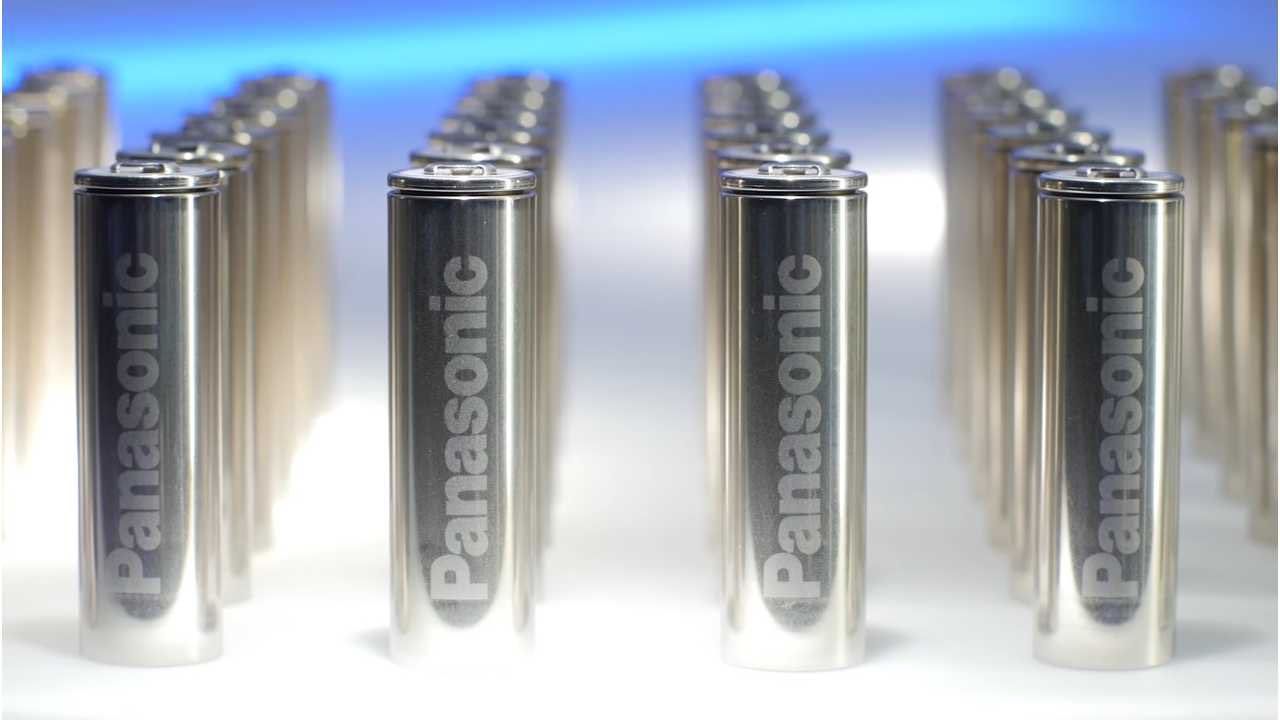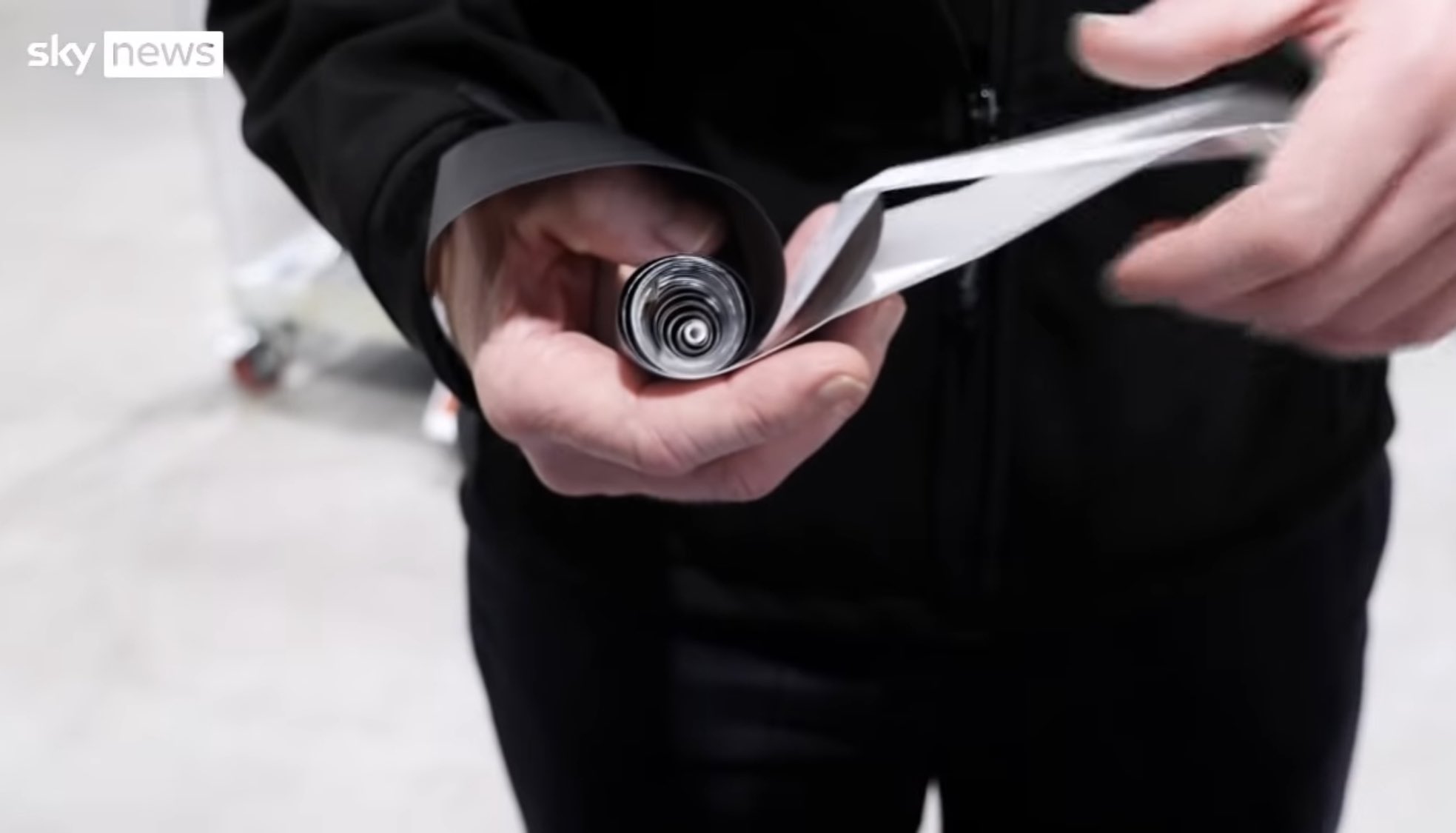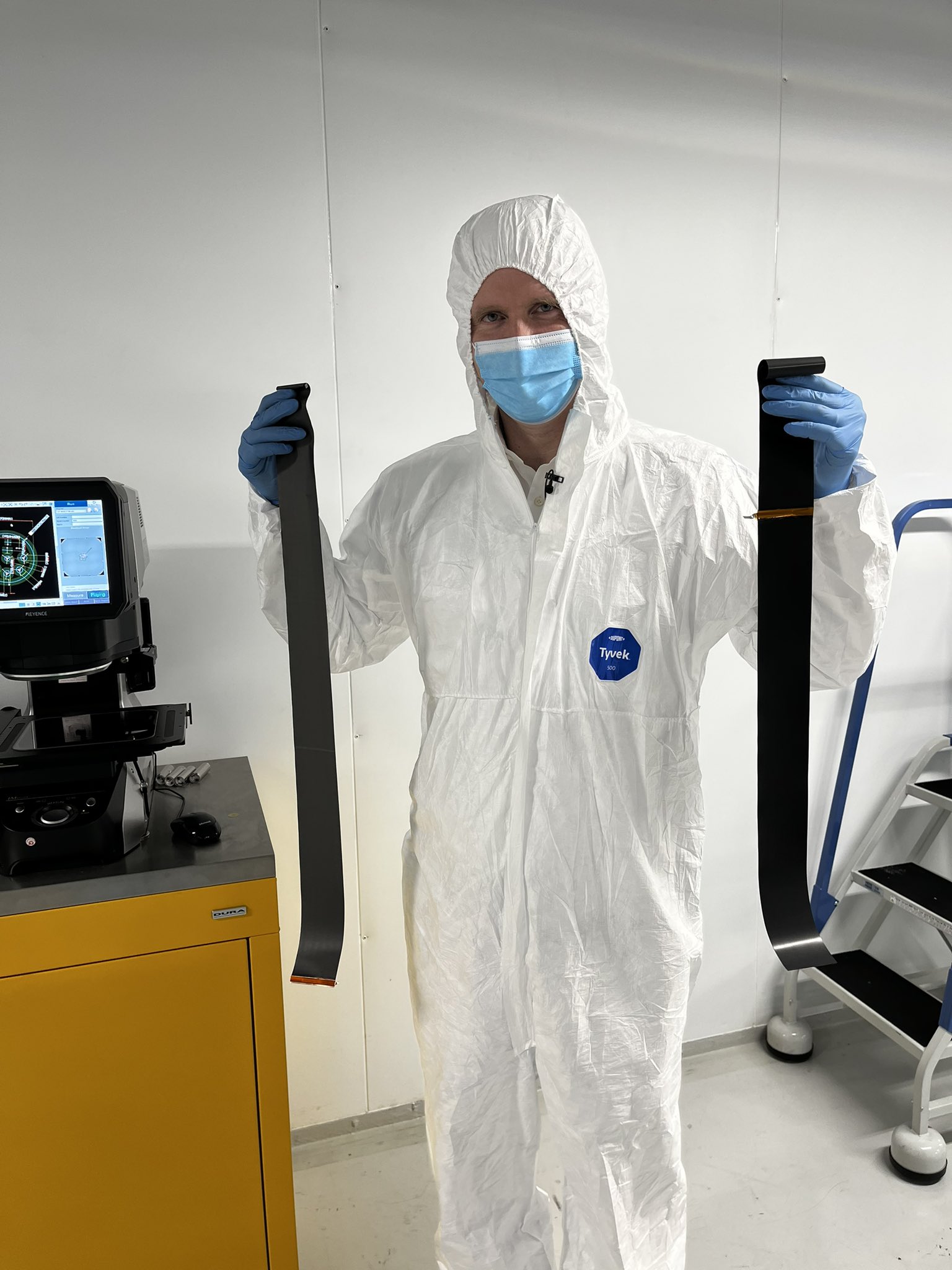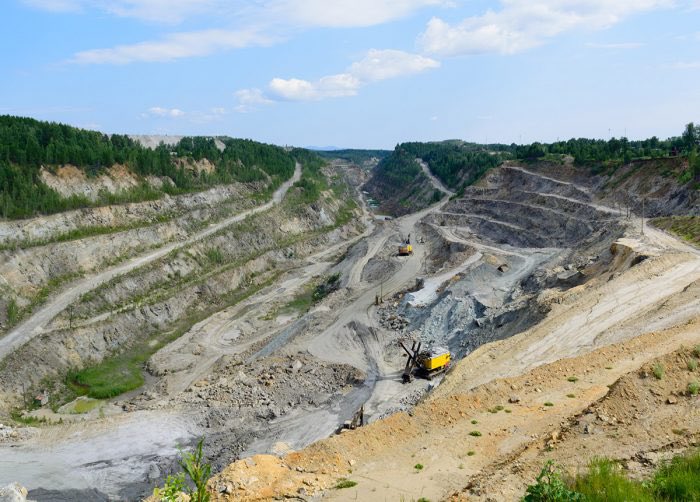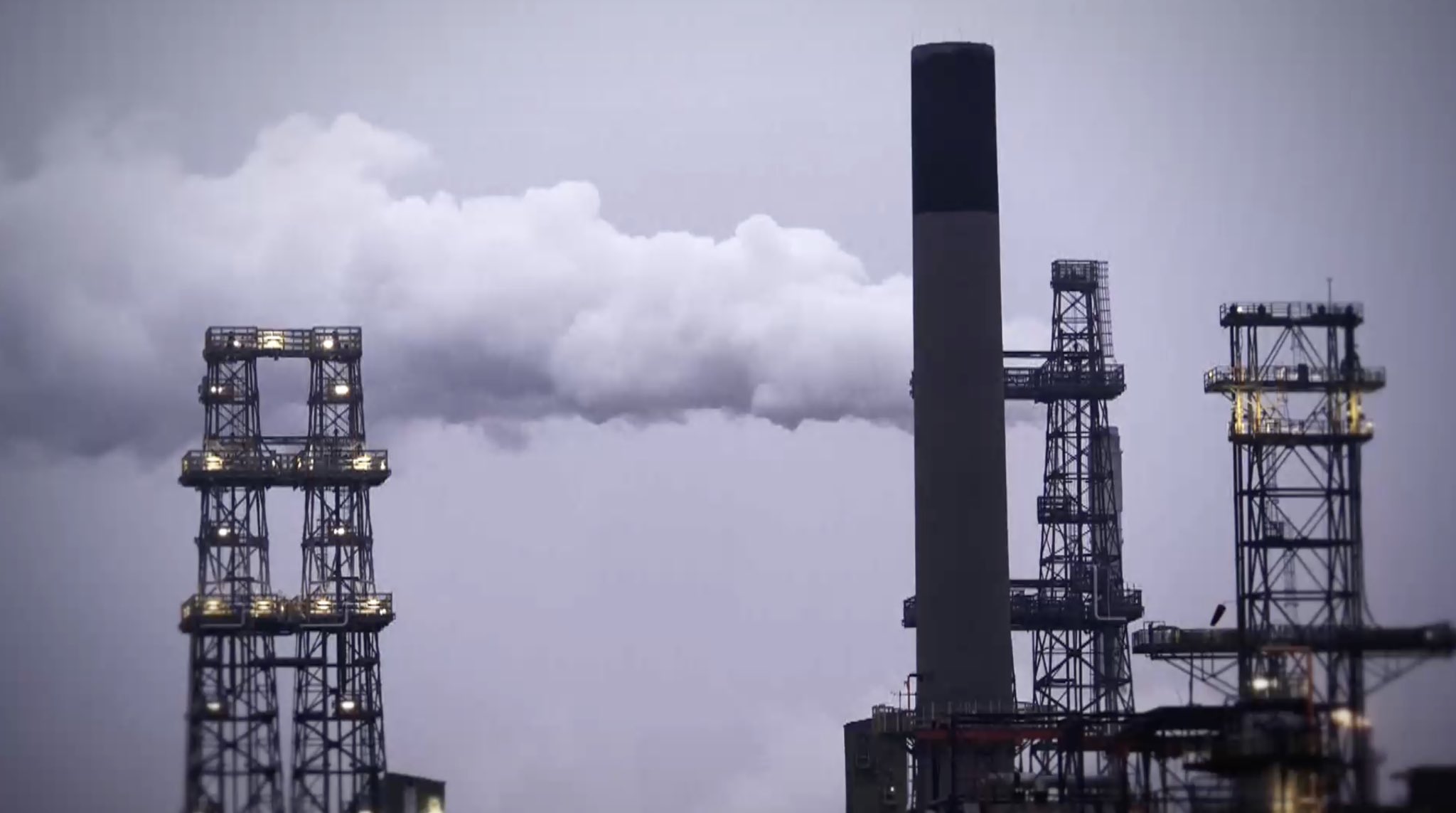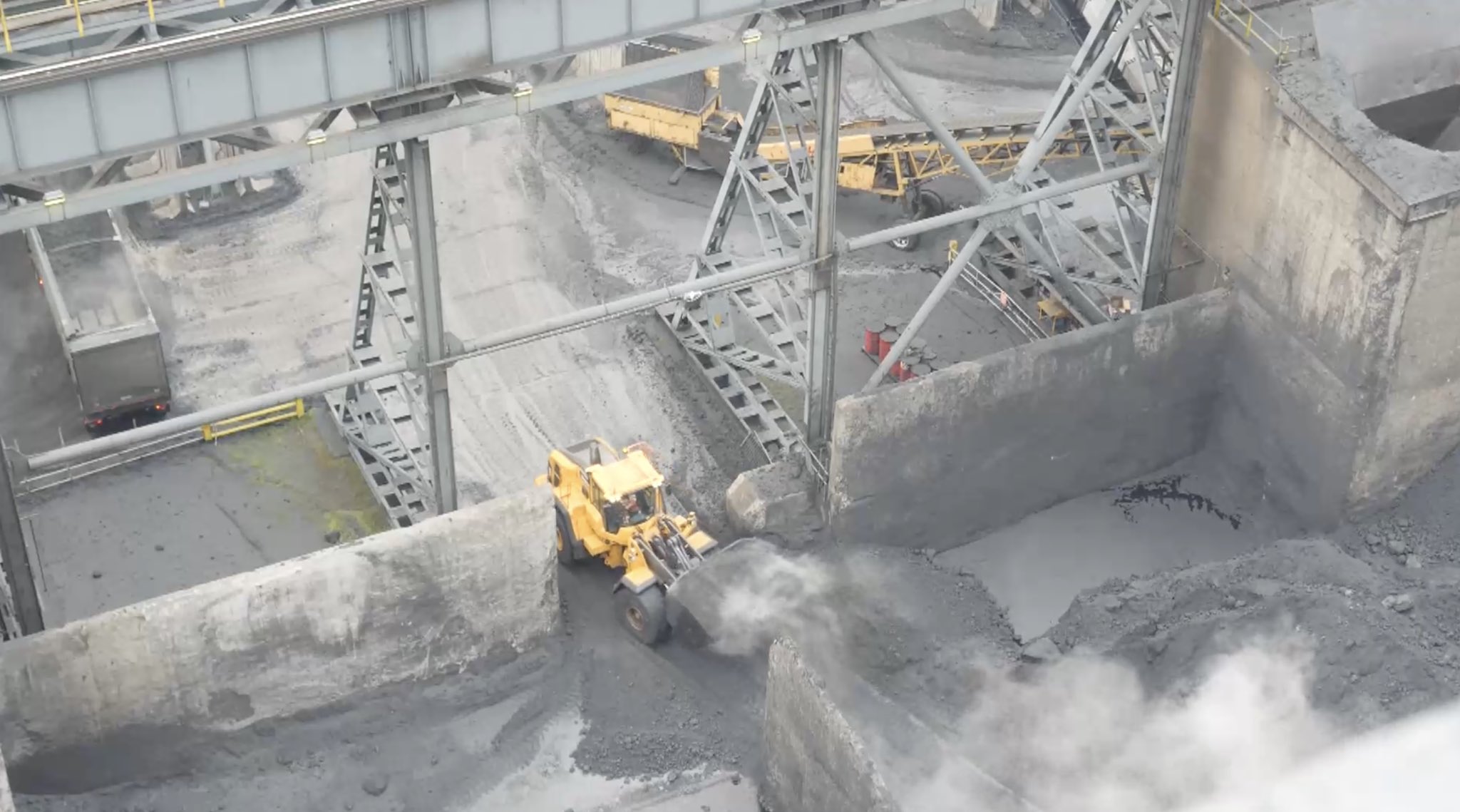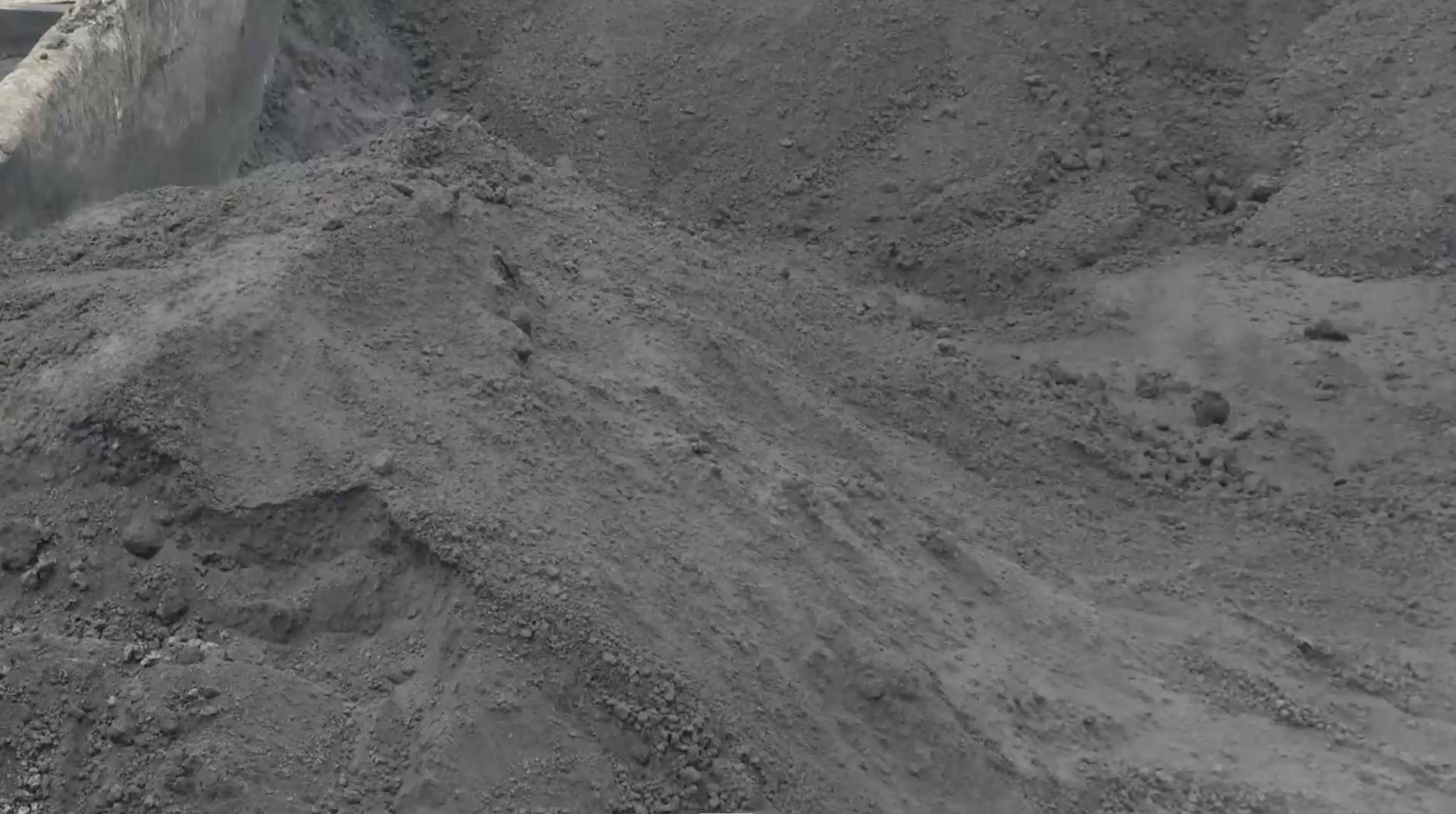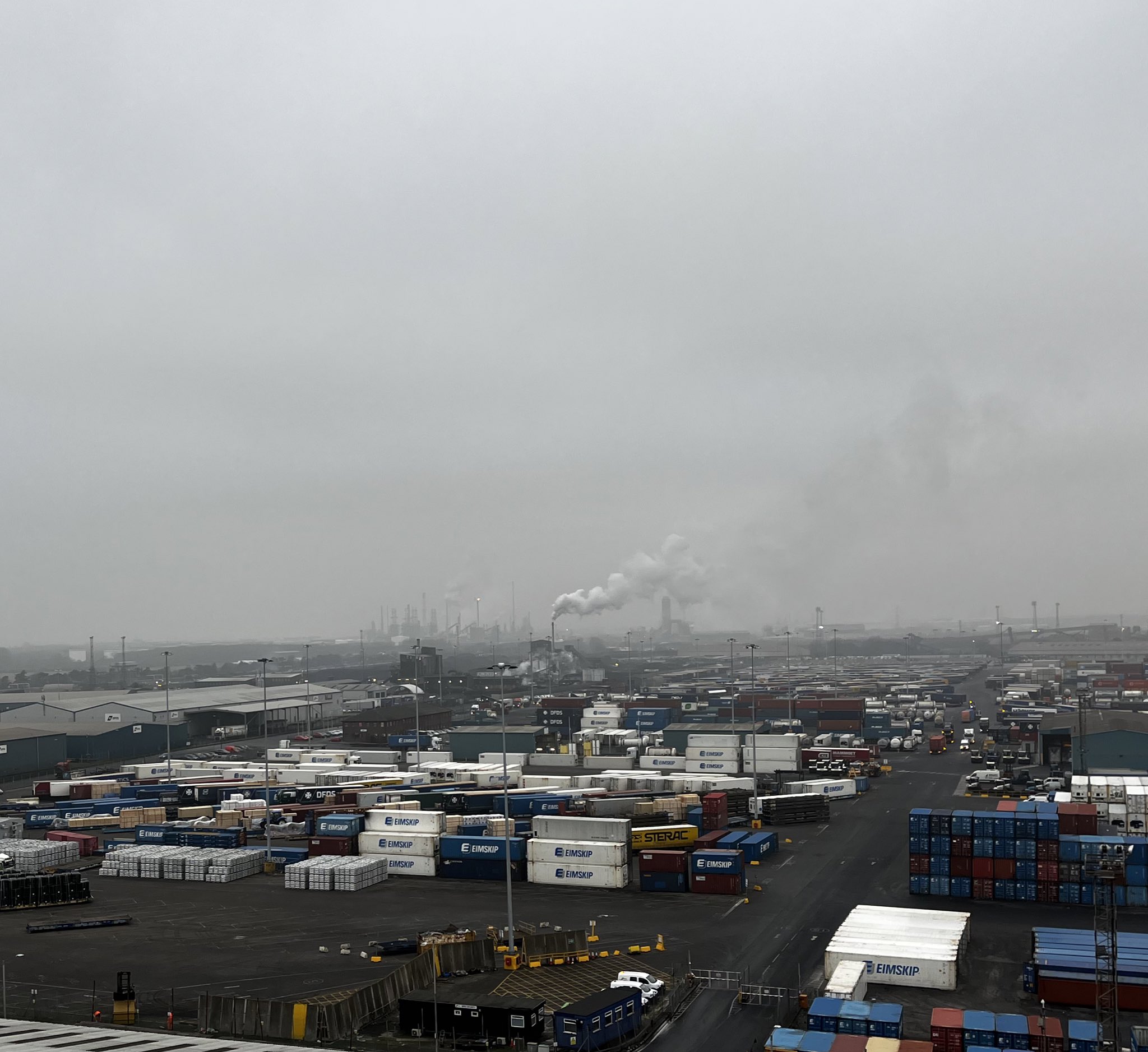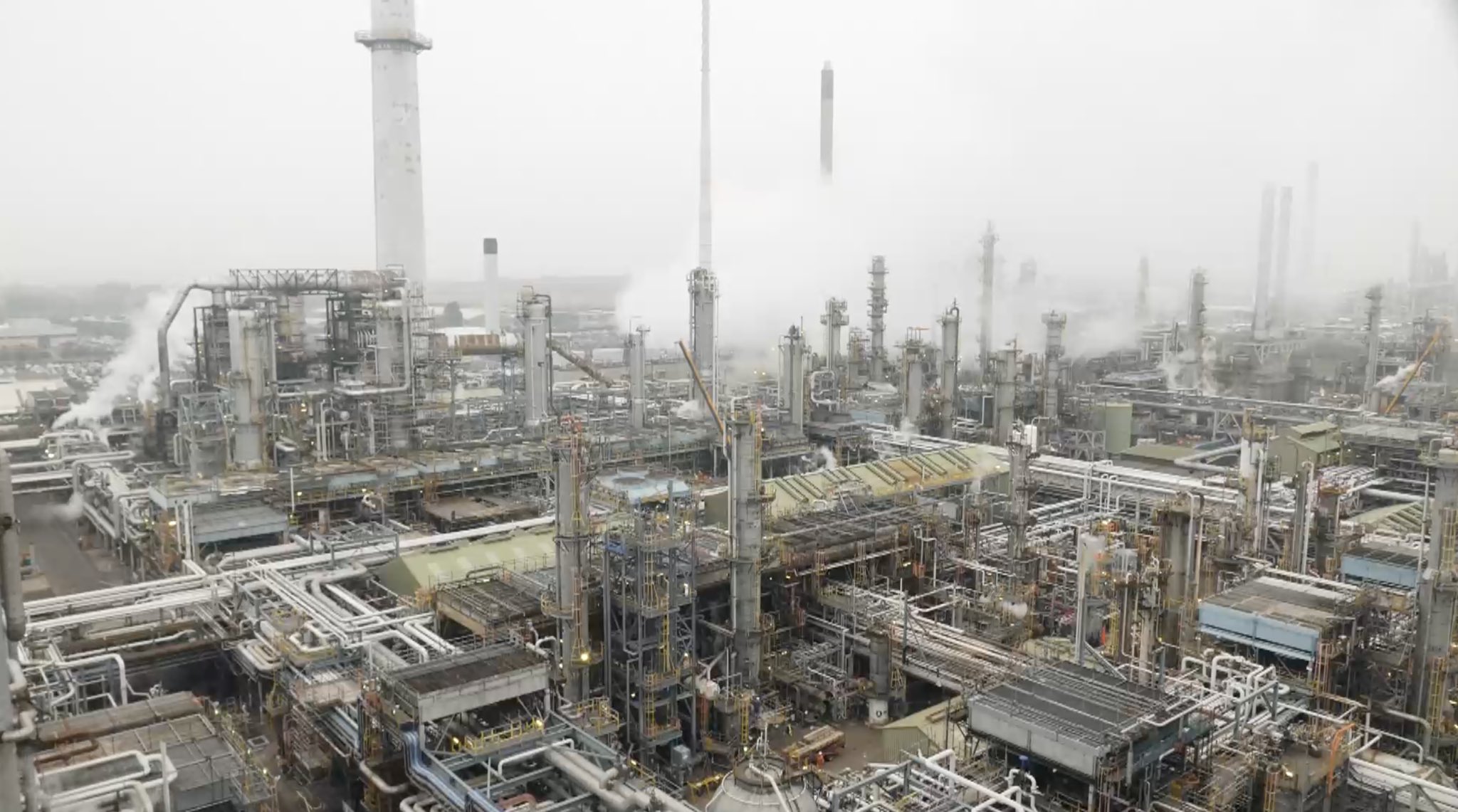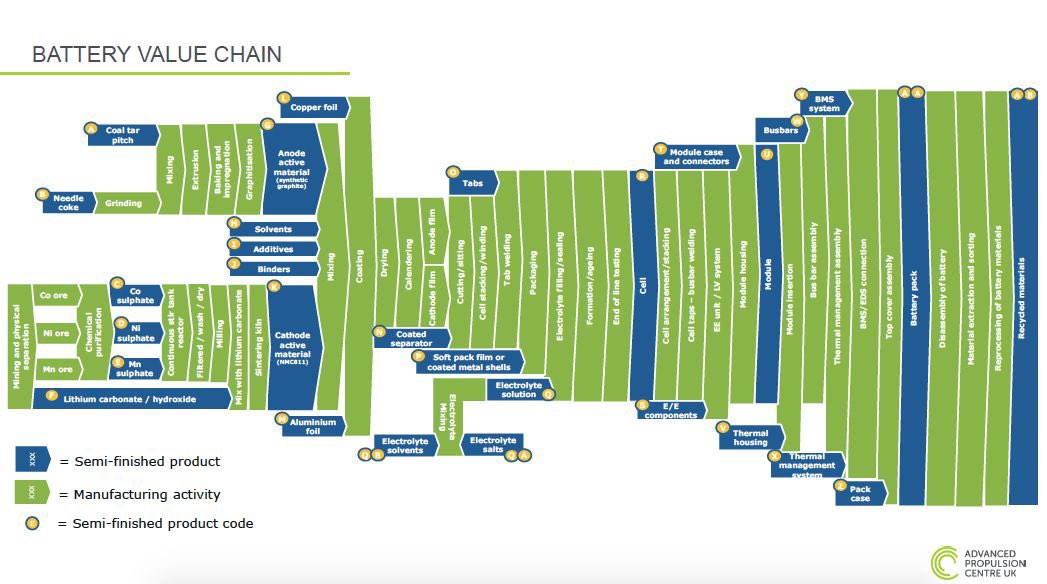Thread
The Humber Refinery in NE England.
This place looks and smells like a ghost of fossil fuel history. It's where they turn crude oil into petrol, jet fuel & many other petrochemical products.
It won't seem the obvious place to start a thread abt batteries.
But bear with me
🧵
This place looks and smells like a ghost of fossil fuel history. It's where they turn crude oil into petrol, jet fuel & many other petrochemical products.
It won't seem the obvious place to start a thread abt batteries.
But bear with me
🧵
Because the gritty reality of how batteries are made is often skirted over in most reports.
But the deeper you go the more fascinating it gets.
So before we get to the stuff u know about - the gigafactories & lithium mines - let's ponder this place. Why? It's the missing link..
But the deeper you go the more fascinating it gets.
So before we get to the stuff u know about - the gigafactories & lithium mines - let's ponder this place. Why? It's the missing link..
Actually before we head in, let's recall the basic chemistry of a battery, which isn't immediately obvious from the outside.
This is a typical cylindrical lithium-ion battery.
A Tesla is a big slab of thousands of these batteries with a car on top. But now let's look inside.
This is a typical cylindrical lithium-ion battery.
A Tesla is a big slab of thousands of these batteries with a car on top. But now let's look inside.
Actually the shape of these batteries is a bit misleading. They're not, as u might think, canisters of liquid with positive electrode at top and negative at bottom.* They are "jelly rolls" of thin metallic film, all rolled up.
* Well, there is liquid too but that's another story
* Well, there is liquid too but that's another story
Here's what you see when you dissect a typical cylindrical cell: wound up tightly inside the steel canister is a long, metre or more length of film. It's heavier than it looks.
Unpeel it and uncoil it and you find layers of cathode and anode. And between them a polymer separator
Unpeel it and uncoil it and you find layers of cathode and anode. And between them a polymer separator
Here I am, holding the innards of a typical cell.
Cathode in my left hand, anode in my right.
THIS, ultimately, is the battery. And the key principle is: lithium ions pass from cathode to the anode as it charges. Vice versa when discharging
Cathode in my left hand, anode in my right.
THIS, ultimately, is the battery. And the key principle is: lithium ions pass from cathode to the anode as it charges. Vice versa when discharging
The cathode is where u find the lithium/cobalt/nickel/manganese etc & the VAST majority of battery coverage focuses on it, for a understandable reasons:
a) it's where the lithium is
b) some of these minerals are v hard to source ethically esp cobalt
c) cathodes are sexy
a) it's where the lithium is
b) some of these minerals are v hard to source ethically esp cobalt
c) cathodes are sexy
They're sexy because that's where a LOT of the clever 🔋chemistry about how much energy can be stored goes on. Cathode active materials are a really big deal but all this sexiness means we often neglect the ugly sister of the battery world: the anode.
When people in government and sometimes business ponder batteries they rarely give much thought to the anode. Why? Because unlike the cathode with its cocktail of elements, anodes are usually made almost entirely of graphite. Boring, right? Well, hold on.
Because it turns out the graphite is of more than passing importance to good battery design. The matrix of that graphite can determine how quickly lithium ions find their way across, and how long they stay there before returning. Or, to put it another way...
Some graphites help a battery charge faster - much faster. Some help it hold its charge much longer. And in recent years battery makers have become v clever in the way they deploy graphite in their cells. And one key trick is to use an ever increasing amount of SYNTHETIC graphite
For it turns out there are 2 types of graphite.
There's the kind you mine from the ground: natural or "flake" graphite 📸.
And the man-made kind.
& the synthetic kind is much better for fast charging. The dream of a 15 minute charging EV depends on synthetic graphite!
There's the kind you mine from the ground: natural or "flake" graphite 📸.
And the man-made kind.
& the synthetic kind is much better for fast charging. The dream of a 15 minute charging EV depends on synthetic graphite!
That takes us back to Humber. Let's go into the plant, towards the enormous drilling rigs you see here. Security is tight (you'll see why soon enough). But once in, wind your way past the spaghetti of pipes where they clean and crack the oil, towards the enormous coke drums.
Here they take the bottom of a barrel of oil - the heavy stuff which would otherwise be burnt in ship engines with v high emissions - and bake it into petroleum coke, a very pure form of carbon. They've been doing it for decades here, first with Libyan oil, then North Sea crude.
Up until recently this coke was mainly used in the manufacture of aluminium & in electric arc furnaces for steel.
But yrs ago they realised they could turn this coke into an almost perfect form of graphite.
This, here, is the main feedstock for synthetic graphite in your battery.
But yrs ago they realised they could turn this coke into an almost perfect form of graphite.
This, here, is the main feedstock for synthetic graphite in your battery.
If you have an iPhone there's a high chance the battery contains this North Sea coke in it.
Similar thing if you have an electric car, depending on where the batteries are made.
For real.
Thought batteries were made from lithium? Well, yes. But there's even MORE graphite in them.
Similar thing if you have an electric car, depending on where the batteries are made.
For real.
Thought batteries were made from lithium? Well, yes. But there's even MORE graphite in them.
That's why in charts like the one I tweeted last night you'll see that our need for graphite for our future gigafactories is actually GREATER than our need for lithium. Look at the height of the bars! But cathodes are sexier than anodes so no one pays much attention
Anyway, it's hard to know where to start with this info isn't it?
BATTERIES ARE MADE IN PART FROM CRUDE OIL!
It is one of the best kept secrets of the green revolution. And while the amount of cobalt in cells is being engineered down, synthetic graphite is going the other way.
BATTERIES ARE MADE IN PART FROM CRUDE OIL!
It is one of the best kept secrets of the green revolution. And while the amount of cobalt in cells is being engineered down, synthetic graphite is going the other way.
After the graphite coke is made here in Humberside it's shipped off, mostly to China, where it is turned into graphite, after which it is put into batteries. That this happens mostly in China means a lot of people think the entire graphite supply chain is already sewn up. Not so.
Because it turns out it's actually quite hard to do what they do here in Humberside. There's decades of experience & IP here. So much so that a few years ago a Chinese spy tried to steal their secrets (from parent company Phillips 66's Oklahoma HQ) www.reuters.com/article/us-usa-china-theft-idUSKBN1XM2OZ
Most people in the UK are completely oblivious that we have a key part of the battery supply chain on our doorstep. Downing St isn't even aware of it.
Why?
Maybe because when it comes to batteries anodes aren't sexy.
Cathodes are sexy
Gigafactories are sexy
Lithium is sexy.
Why?
Maybe because when it comes to batteries anodes aren't sexy.
Cathodes are sexy
Gigafactories are sexy
Lithium is sexy.
Maybe because while ministers are v happy to be pictured in pristine factories they don't like the "optics" of flame-belching oil refineries.
No matter that a molecule of oil turned into graphite is doing more to help reduce long-term emissions than most manufactured products.
No matter that a molecule of oil turned into graphite is doing more to help reduce long-term emissions than most manufactured products.
So the Humber Refinery carries on doing what it's doing and no one in Whitehall pays it much attention. Even though it's literally world-renowned in anode circles for the quality of the coke produced here. Or that it's the only place in Europe making this stuff.
When critical minerals committees in US/EU (and, soon, the UK) make lists of key materials they tend to include natural graphite as something to keep an eye on but not synthetic, even tho it's the big growth area in batteries. Maybe because they assume it's easy to make. It's not
If one were genuinely interested in industrial strategy one would be pondering why this place ships graphite coke to China to be turned into anodes, which are then imported back as a Chinese product.
Why aren't we doing that here, in a low income corner of the north of England?
Why aren't we doing that here, in a low income corner of the north of England?
Is it because graphitisation is another high-energy high-emissions process, so doing it here would undermine our chances of getting to net zero - even tho it's helping the world replace petrol cars w/ electric ones? Maybe. But I wouldn't discount plain ignorance either.
Side note: this goes to a deeper point, one I've written about before. Economics is v good at aggregate statistics. It's much less good at understanding how the economy fits together. We need more maps like this one from @theapcuk of battery supply chains www.edmundconway.com/we-need-more-maps/
Anyway, I'll prob do another thread or two on batteries in the coming days, having spent quite a while delving into the topic. Not only is this product central to our industrial and environmental future, it turns out the deeper you go the more interesting and surprising it gets!
Here is my long read about batteries. And when I say long I mean LONG.
But it's long because it's the most fascinating thing I've written about for ages.
Pls do share if you enjoy news.sky.com/story/inside-the-arms-race-to-build-the-batteries-which-will-power-britain-12537246
But it's long because it's the most fascinating thing I've written about for ages.
Pls do share if you enjoy news.sky.com/story/inside-the-arms-race-to-build-the-batteries-which-will-power-britain-12537246
Here's our mini-documentary about batteries. Everything you ever needed to know about one of the most important products of the 21st century... in less than 15 minutes.
If you enjoyed this thread you'll love it.
Produced by @aoifeyourell edited by @tsueyek youtu.be/0xDkOaHV3qU
If you enjoyed this thread you'll love it.
Produced by @aoifeyourell edited by @tsueyek youtu.be/0xDkOaHV3qU
I’ve written something based on the above on my website (with a few extra nuggets I couldn’t fit on Twitter).
If it was of interest, do sign up for the newsletter as I’ll be posting more somewhat random but hopefully fascinating stuff in the coming months www.edmundconway.com/jelly-rolls-and-coking-drums-a-bottom-up-look-at-batteries/
If it was of interest, do sign up for the newsletter as I’ll be posting more somewhat random but hopefully fascinating stuff in the coming months www.edmundconway.com/jelly-rolls-and-coking-drums-a-bottom-up-look-at-batteries/

